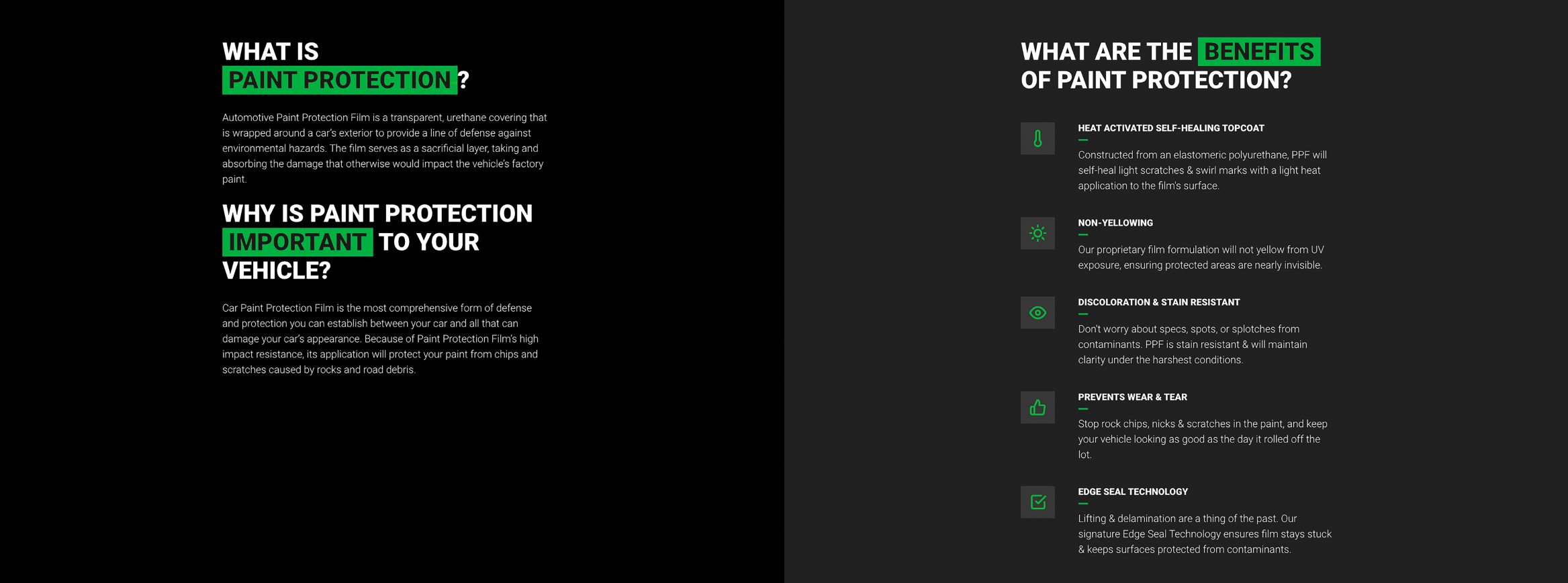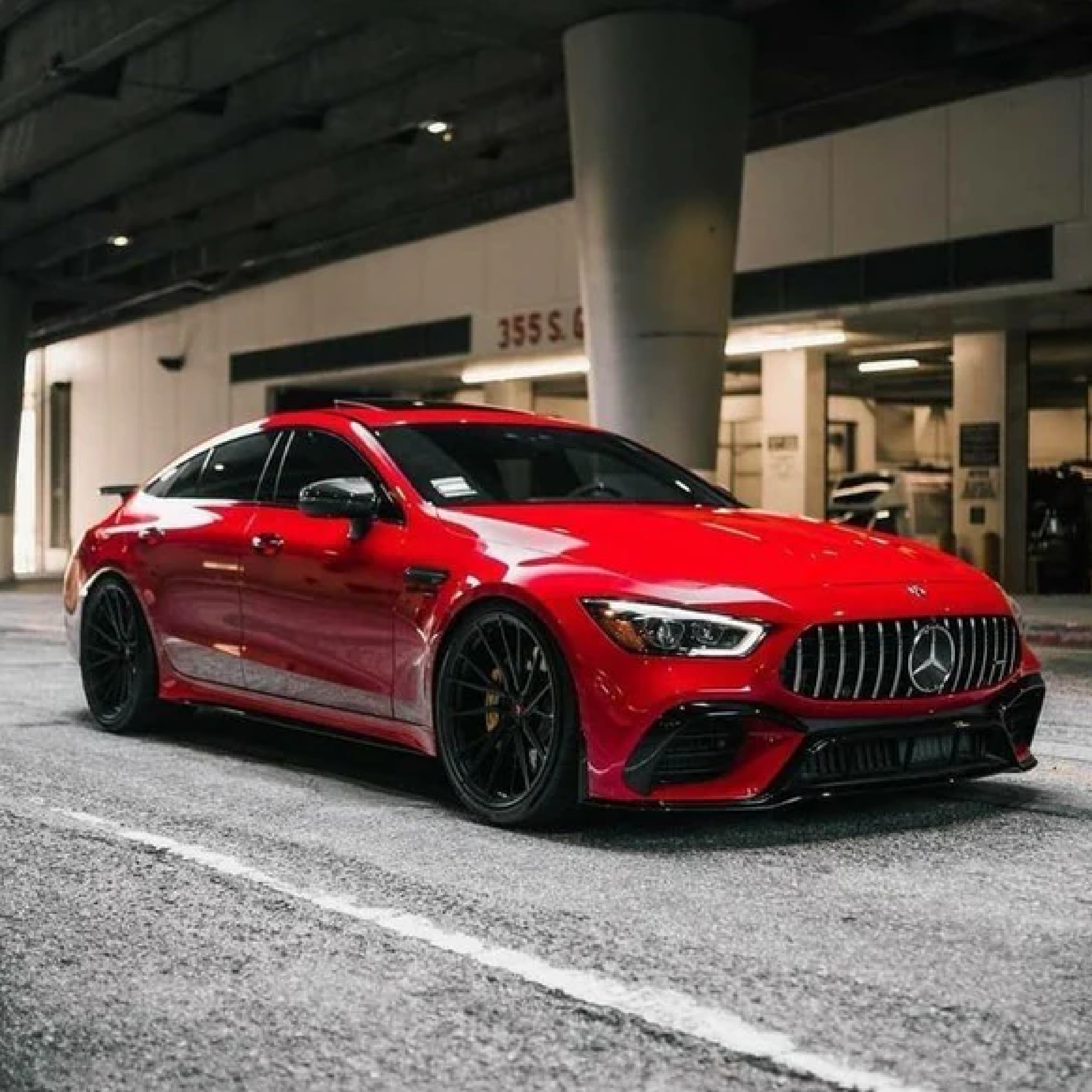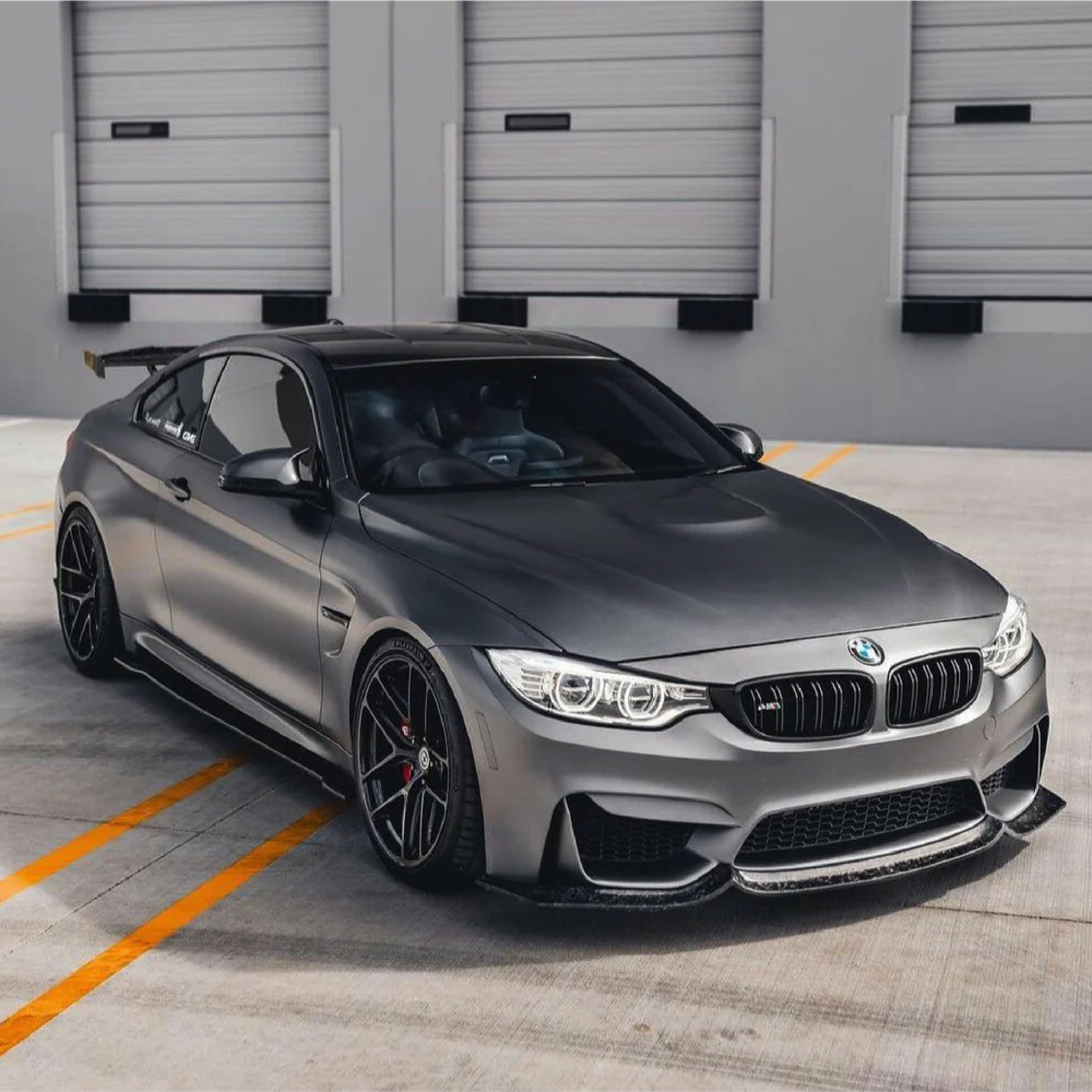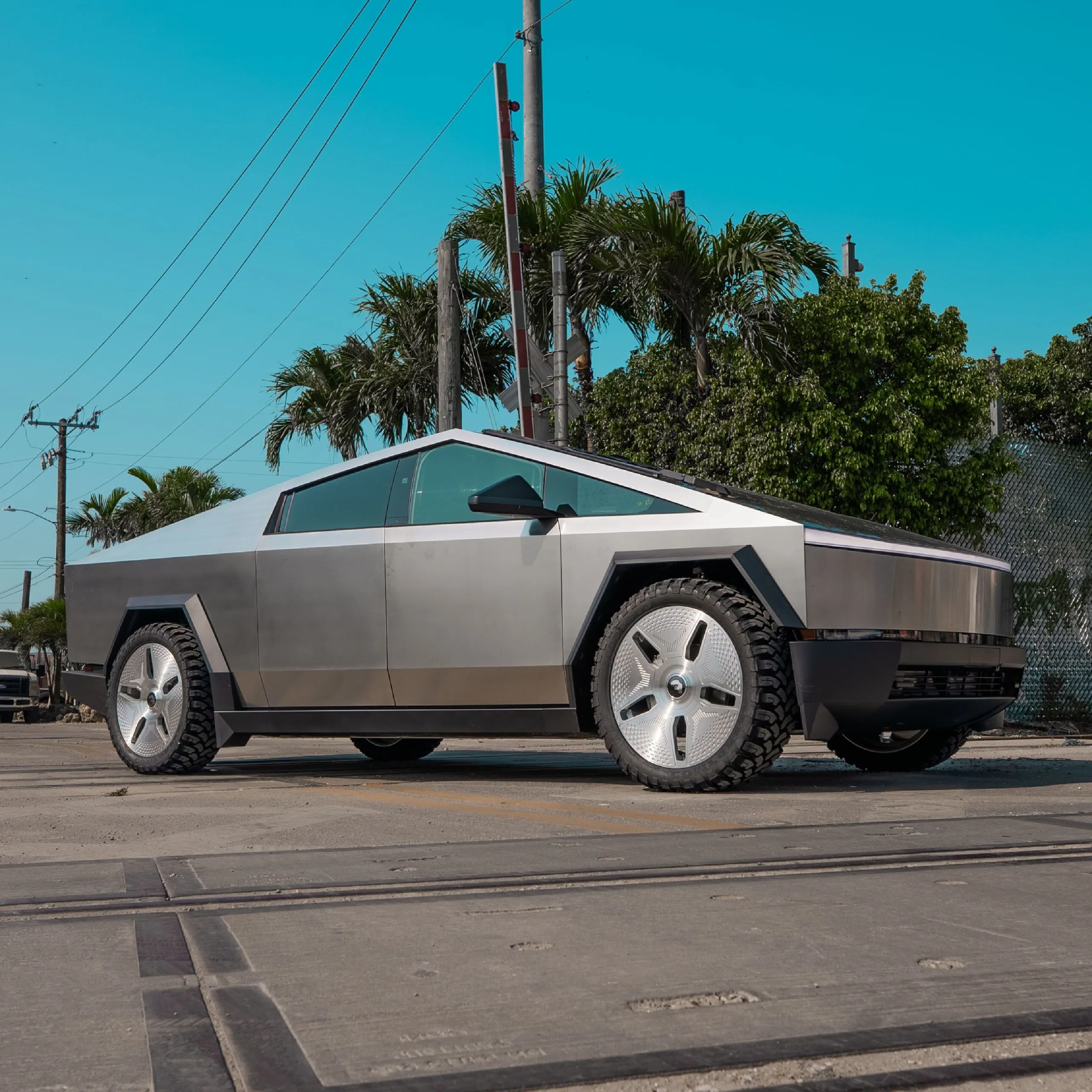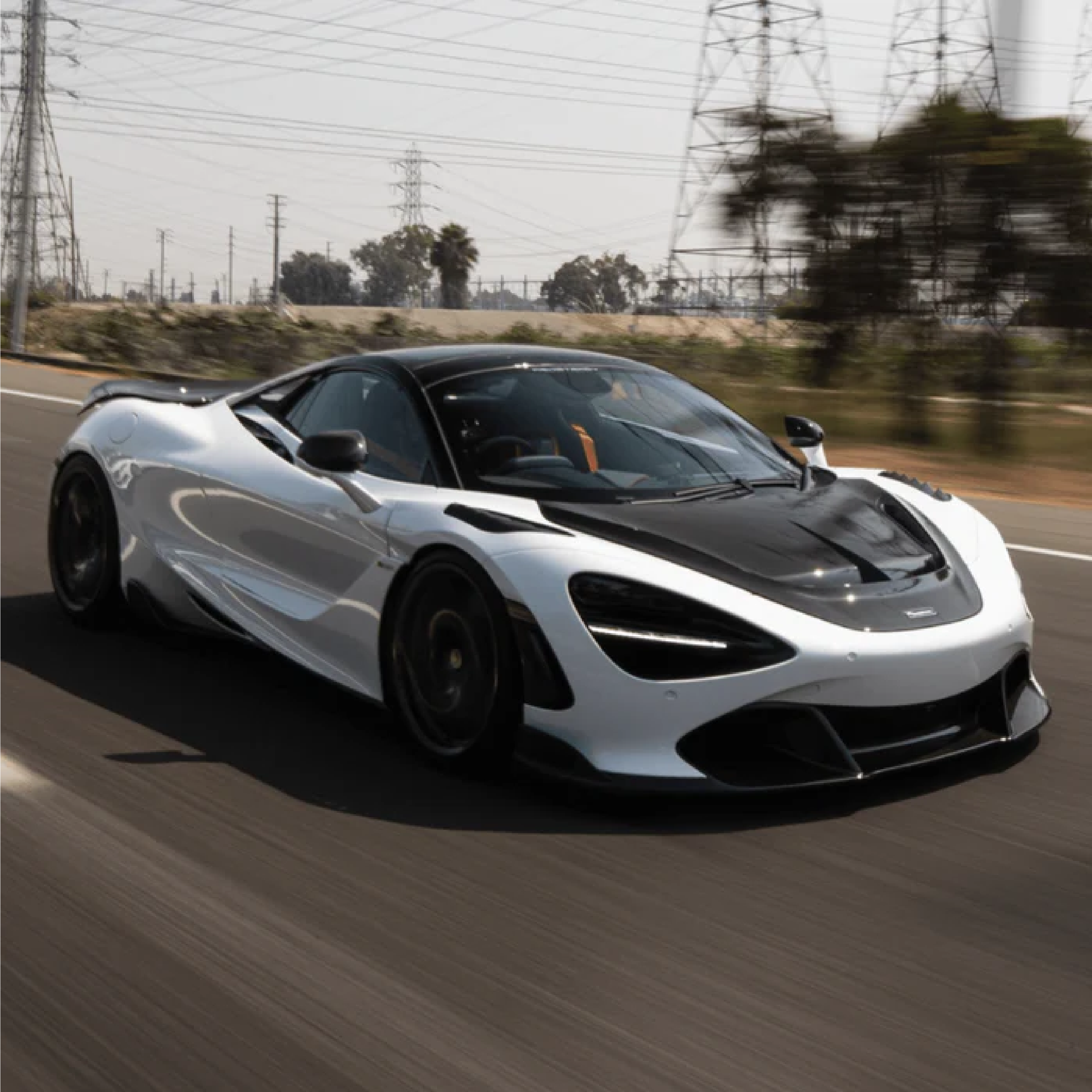Car Wraps vs. Paint Protection Film (PPF): Which Is Right for You?
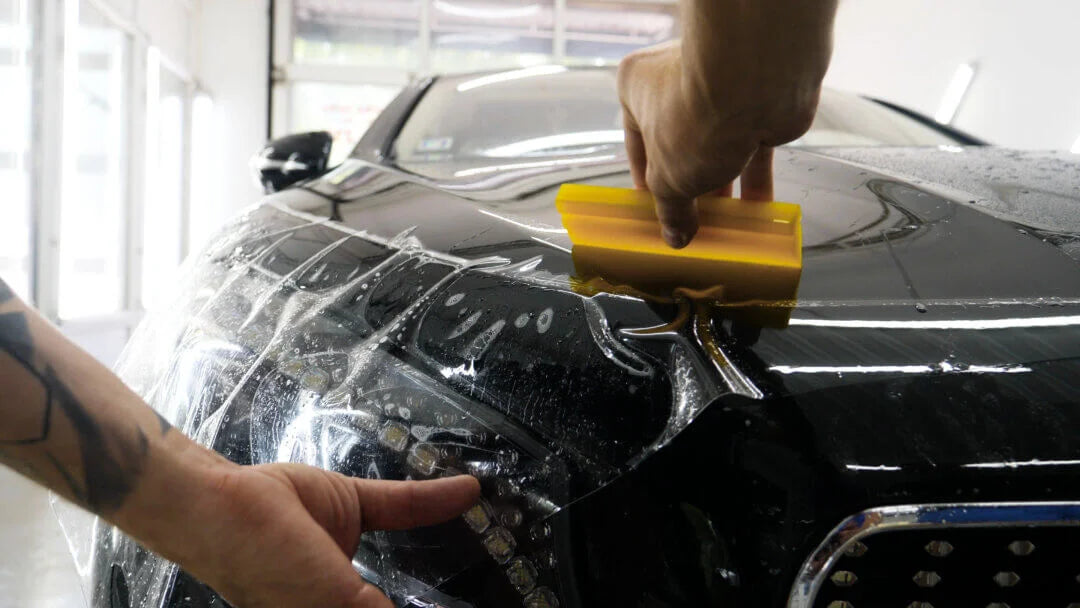
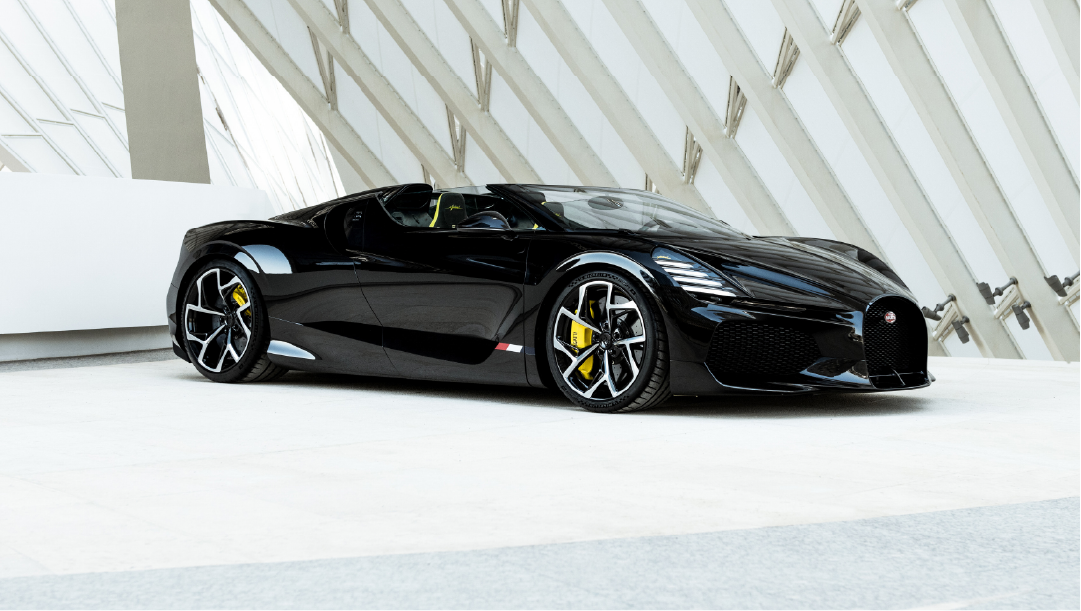
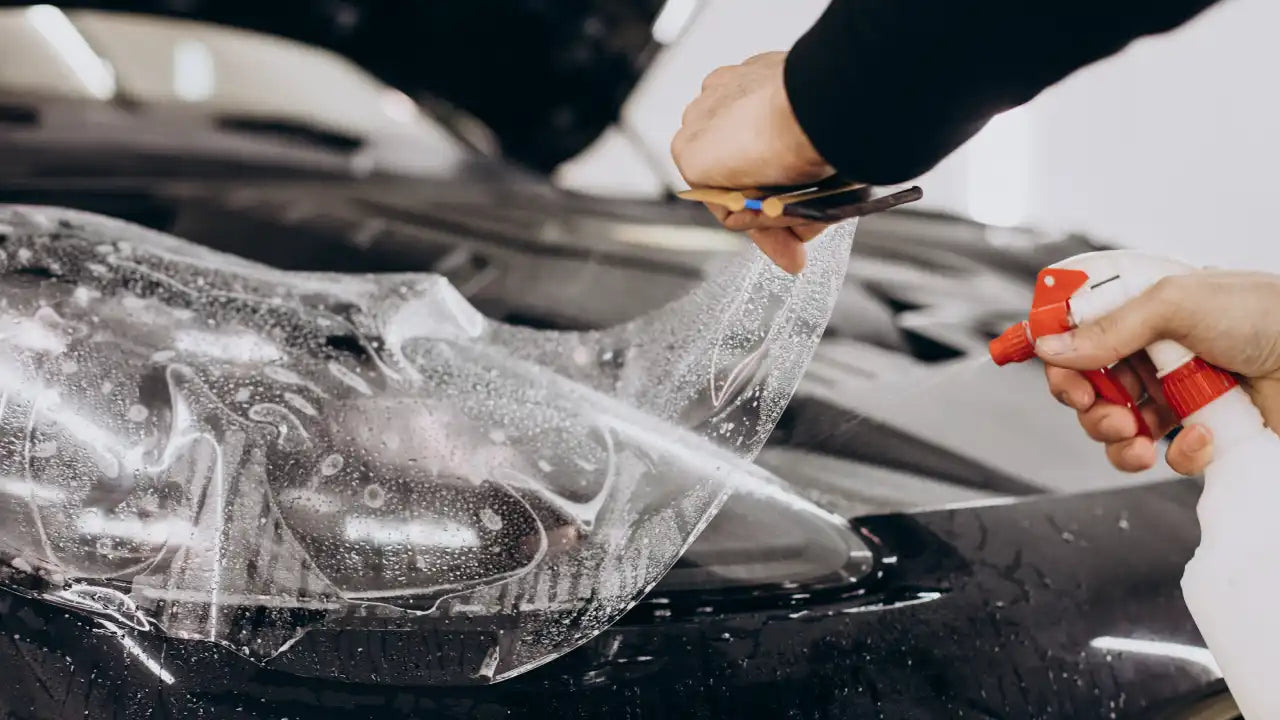
Paint Protection Film (PPF) is a clear, thin urethane film that is applied over the paint of your vehicle to protect it from scratches, rock chips, road debris, and other environmental factors. Unlike car wraps, PPF is designed specifically for protection, not for altering the appearance of your vehicle. It’s nearly invisible once applied, offering high protection without changing the look of the car's paint.
Key Features of PPF:
• Clear and Transparent: PPF is almost invisible, maintaining the original color and finish of the vehicle’s paint.
• Self-Healing Technology: Many PPFs come with self-healing properties, meaning minor scratches or swirl marks will disappear with exposure to heat.
• Durability: PPF is highly resistant to environmental factors like road salts, bird droppings, and tree sap, offering long-term protection against fading and damage.
Pros of Car Wraps:
1. Customization Options
One of the most significant advantages of car wraps is the ability to customize your vehicle’s look. Whether you want a full-color change, a unique design, or even advertising graphics, a vinyl wrap can provide a solution. Car wraps are available in a variety of textures, colors, and finishes to suit any personal taste or marketing needs.
2. Cost-Effective
Car wraps are generally more affordable than a full paint job. A high-quality paint job can cost thousands of dollars, while a vinyl wrap can offer a similar aesthetic transformation at a fraction of the cost.
3. Temporary
Car wraps offer a temporary solution for changing the look of your car. If you get tired of the design or color, a wrap can be removed without damaging the original paint underneath. This makes wraps a great choice for those who like to switch things up periodically.
4. Protection Against Minor Scratches
While not as durable as PPF, car wraps do offer protection against minor scratches and scuffs. The vinyl wrap helps shield the paint from UV rays, dirt, and other environmental contaminants that can damage the vehicle’s finish.
5. Easy to Apply and Remove
Installing a car wrap is much less time-consuming compared to a paint job. It typically takes only a few days for professionals to apply a wrap, and it can be removed with minimal effort and no lasting impact on the original paint.
Cons of Car Wraps:
1. Durability
While vinyl wraps can protect against some elements, they are not as durable as Paint Protection Film. A car wrap can be prone to peeling, fading, and damage from excessive heat, UV exposure, or harsh chemicals. It may require maintenance or replacement if it becomes worn over time.
2. Not Ideal for High Impact Areas
Car wraps are not as resistant to impact damage as PPF. If your car frequently encounters road debris or other heavy impacts, the wrap may tear or lose its adhesion.
3. Potential for Color Fading
Over time, the color of the wrap may start to fade due to UV exposure and environmental factors. If you want to keep your car looking fresh and vibrant, regular maintenance is necessary.
As car owners, we constantly strive to protect and enhance the appearance of our vehicles. Two popular options for achieving this are Car Wraps and Paint Protection Film (PPF). Both serve different purposes but are often confused with one another. While car wraps change the aesthetic of the vehicle, PPF focuses primarily on protecting the existing paint from scratches, chips, and environmental damage.
We will dive deep into Car Wraps and Paint Protection Film (PPF) to help you decide which is the best option for you. By the end, you will have a clearer understanding of the benefits, drawbacks, cost, and longevity of each, helping you make an informed choice for your car's protection and aesthetics.
Paint Protection Film (PPF): Pros and Cons
Pros of PPF:
1. Superior Protection
The primary advantage of PPF is its ability to provide a high level of protection for your car’s paint. PPF can shield your vehicle from scratches, rock chips, road debris, bird droppings, tree sap, and even minor impacts. It is especially useful for the high-impact areas of the vehicle, such as the hood, bumper, and side mirrors.
2. Self-Healing Technology
Many modern PPF products feature self-healing properties. This means that minor scratches and swirl marks will disappear when exposed to heat from the sun or a heat gun, helping to keep your vehicle’s finish looking pristine.
3. Long-Term Durability
PPF is designed to last for several years, providing long-term protection for your car’s paint. Unlike car wraps, which may need to be replaced after a few years, PPF can continue to protect the paint for much longer, even in harsh conditions.
4. Invisible Protection
One of the biggest advantages of PPF is that it doesn’t alter the look of your car’s paint. The film is clear and nearly invisible, allowing the original color and finish of the paint to shine through while offering protection from environmental damage.
5. Maintenance-Free
PPF requires minimal maintenance. Once applied, you don’t have to worry about washing the vehicle with special products or protecting the film from UV damage. The film is self-cleaning and resistant to contaminants, making it easier to maintain.
Cons of PPF:
1. Cost
PPF is more expensive than car wraps, both in terms of material costs and installation fees. The installation of PPF is a labor-intensive process, requiring a high level of precision to ensure a smooth, bubble-free finish. As a result, it can be a significant investment for car owners.
2. Limited Customization
Unlike car wraps, PPF is not designed to change the appearance of your vehicle. While it’s possible to apply PPF to specific areas for protection, it won’t offer the same level of customization in terms of color, design, or texture.
3. Visible Edges
While PPF is designed to be discreet, the edges of the film can sometimes be visible, especially if not applied correctly. This can be more noticeable on curved areas or corners of the car.
4. Potential for Yellowing
Over time, some lower-quality PPF products may yellow or discolor, especially if exposed to excessive heat or UV rays. However, high-quality PPF products with advanced UV inhibitors can minimize this risk.
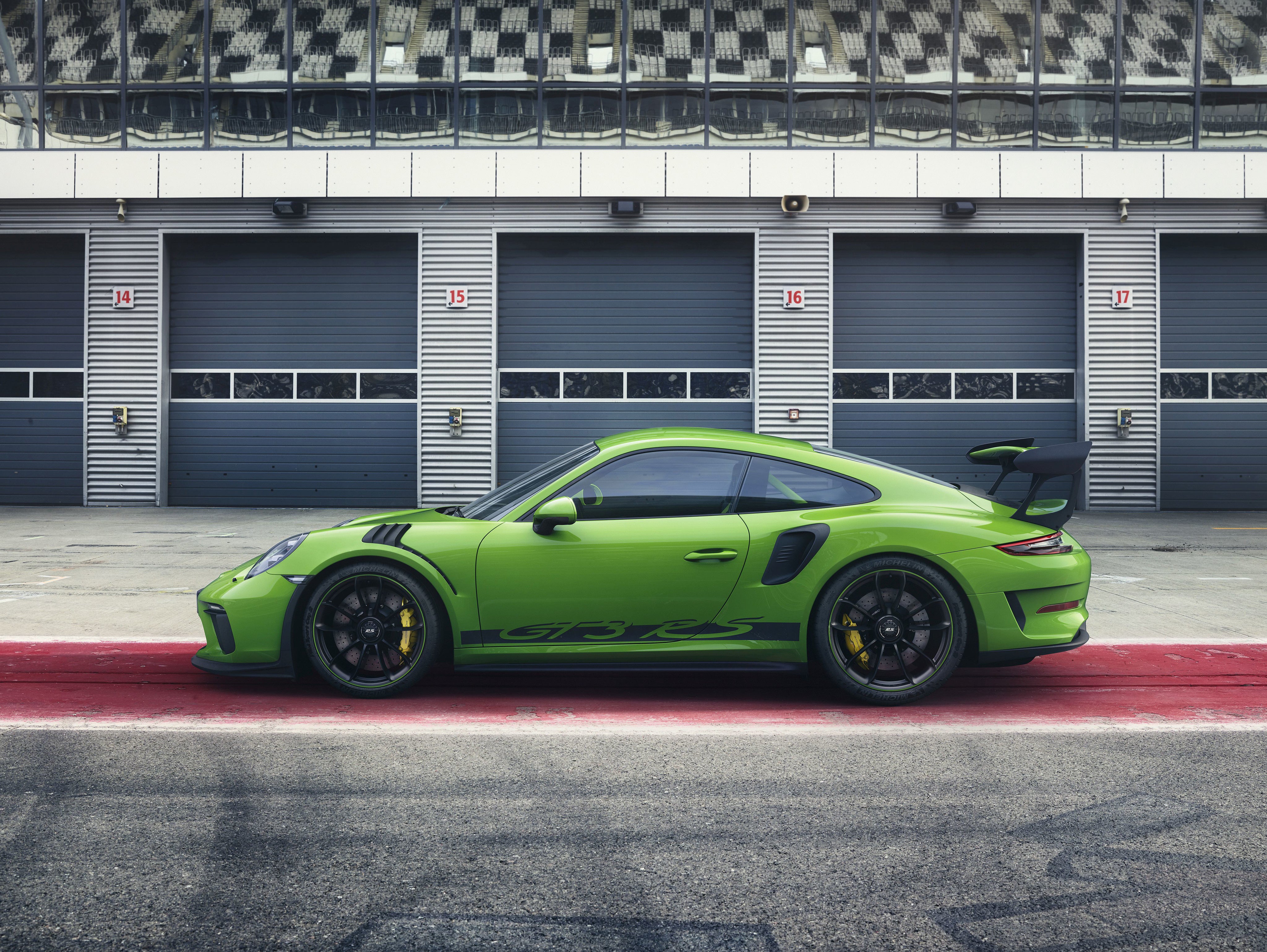
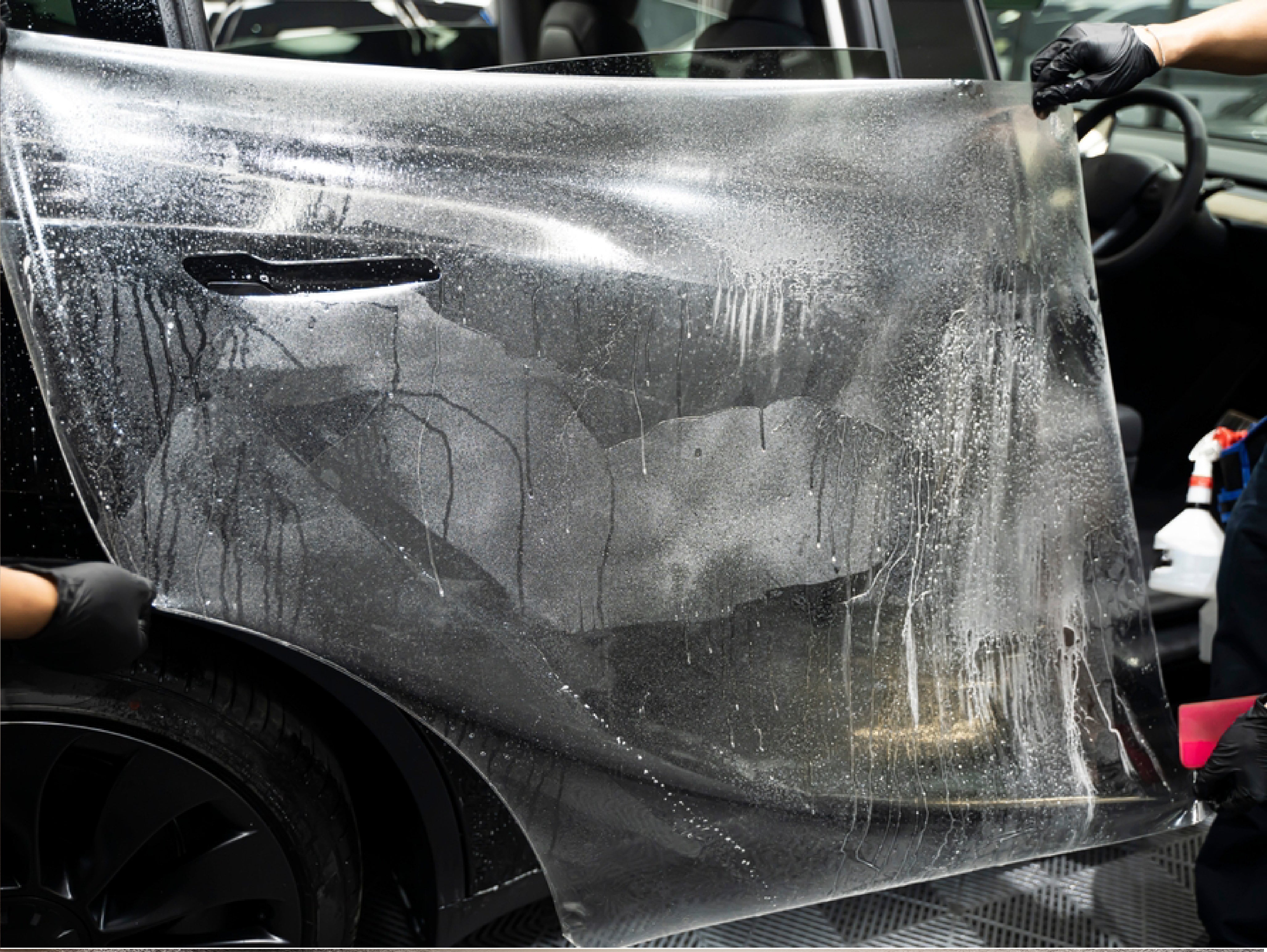
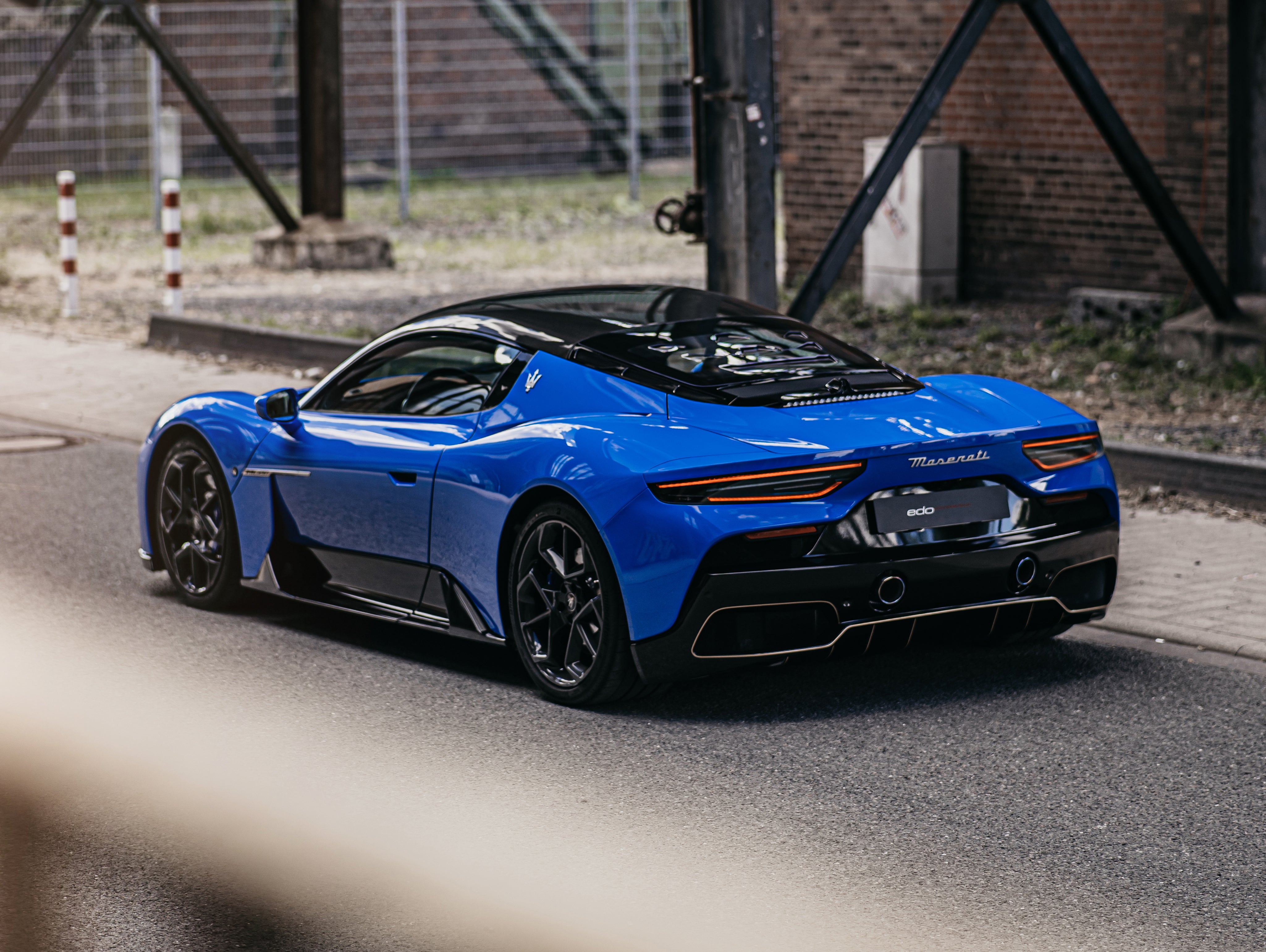
Comparing Car Wraps and PPF
Now that we’ve explored the individual benefits and drawbacks of both car wraps and PPF, let’s break down how they compare across different categories:
Aesthetic Flexibility
• Car Wraps: Offers endless customization options for color, design, and finish. Whether you want a unique pattern, bold color, or even advertising, car wraps can provide the visual impact you're looking for.
• PPF: Provides no change in color or design. The goal is to protect the paint without altering the vehicle’s appearance, so it’s ideal for those who want to maintain the original look of their car.
Protection
• Car Wraps: Offers protection against minor scratches, UV rays, and environmental contaminants. However, it is not as effective in protecting against major impacts or chips.
• PPF: Offers superior protection, especially for high-impact areas like the hood, bumper, and side mirrors. It’s designed to prevent scratches, rock chips, and other types of paint damage.
Cost
• Car Wraps: Generally more affordable than PPF, making it a good option for those looking for a cost-effective way to change the look of their vehicle.
• PPF: More expensive than car wraps due to the higher material costs and labor-intensive installation process.
Advantages of Paint Protection Film (PPF)
PPF stands out as an advanced solution for safeguarding your vehicle’s paint. Below, we outline its key advantages, demonstrating why PPF is an excellent investment for car owners.
Longevity
PPF is incredibly durable, offering long-lasting protection. With proper care and maintenance, it can last for up to 7+ years. Regular washing and avoiding exposure to extreme elements can further extend its life. Compared to vinyl wraps, which typically last about 5 years, PPF offers superior longevity.
Self-Healing Properties
One of the standout features of PPF is its self-healing capability. This is due to the elastomeric polymers embedded in the film. When exposed to heat, these polymers revert to their original shape, effectively healing minor scratches and abrasions. Whether your car is parked in the sun or you apply warm water or a heat gun, the film can self-repair, maintaining a flawless appearance.
Stain and UV Resistance
PPF provides excellent resistance to stains and UV rays. It prevents discolouration and offers a robust shield against environmental pollutants, bird droppings, and road grime. Additionally, the UV resistance protects your car’s paint from fading, maintaining its vibrant colour over years. This makes PPF a comprehensive option for preserving your vehicle’s exterior.
PAINT PROTECTION FILM (PPF)
Give your pride and joy the ultimate protection it deserves
There are numerous things that can damage the paintwork on a car. Everything from the sun through to rust, dirt and even a simple 20 cent piece can cause lasting damage and detract from the visual appeal of your vehicle. Fortunately, there are many forms of car paint protection available in USA, including paint protection film that can be applied to prevent paint damage. Paint protection for new cars and old cars alike is easy thanks to car protection film.
Here at CheetahWrap, we specialise in the application of high-quality car paint protection film that protects your vehicle against external aggressions such as scratches, stone chips, abrasion and UV rays. Furthermore, our car protection film can make cleaning easier by preventing dirt from sticking to the paintwork.
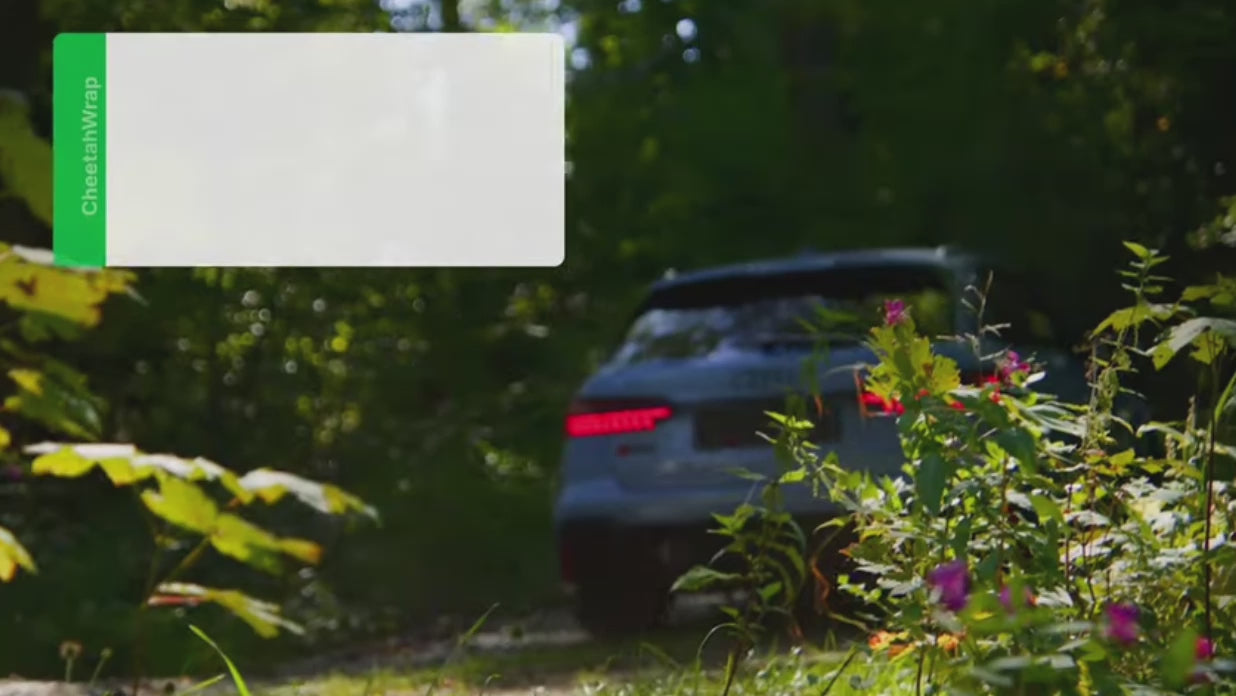
Advantages of Vinyl Wraps
Vinyl wraps offer numerous benefits over traditional paint protection film (PPF) methods. When car owners consider customisation and protection, vinyl wraps stand out for several reasons.
Cost-Effectiveness
Vinyl wraps are a more affordable option compared to a full paint job. They provide a high-quality finish at a lower cost, making them a great option for owners who love their vehicle but not the colour or didnt want to spend thousands for a specific colour from factory. For instance, a typical full-body vinyl wrap can cost only a fraction of a complete paint job, while still achieving a professional look. Additionally, vinyl wraps allow for partial coverage, giving flexibility in terms of budget and design.
Ease of Removal and Replacement
One of the major advantages of vinyl wraps is the ease of removal and replacement. Unlike paint jobs, which are permanent, vinyl wraps can be removed without damaging the underlying paintwork. This allows car owners to change their vehicle’s appearance as often as desired. The removal process is straightforward and can be done without any specialized tools or equipment. This flexibility makes vinyl wraps a preferred choice for those who like to update their car’s look regularly.
A Range of Design Options
Vinyl wraps offer an extensive range of design options, including various colours, textures, and finishes. Whether a car owner desires a glossy finish, a matte look, or even a carbon fibre texture, vinyl wraps can accommodate these preferences. Options include gloss, satin, matte, gloss chrome, satin chrome, matte chrome, carbon fibre patterns, and even custom prints. This versatility allows for highly personalized and unique vehicle designs, limited only by imagination. Customization can extend to specific car parts such as mirrors, roofs, diffusers, and interior trims, providing endless customization options.
Choosing the Right Option for Your Vehicle
Selecting between wraps and paint protection film (PPF) depends on your specific needs and budget. We’ll break it down to help you make an informed decision.
Assessing Your Protection Needs and Budget
When considering protection and budget, identify the primary goal for your vehicle. PPF offers superior protection against stone chips, scratches, and environmental damage. It’s suitable for those prioritizing long-lasting defence and maintaining resale value. Applying PPF to high-impact areas usually costs more due to its thickness and durability.
Wraps, on the other hand, are more about aesthetics than protection. They can provide some defense against minor scratches and fading but not to the extent that PPF does. Wraps come in various finishes like gloss, matte, and satin, allowing extensive customization. They are a cost-effective solution, particularly for those who frequently change their vehicle’s appearance. We recommend wraps if you’re prioritizing visual appeal over high-level protection.
The Long-Term Maintenance Consideration
Maintenance is another crucial factor in your decision. PPF’s self-healing properties make it low-maintenance. Minor scratches and swirl marks disappear with heat exposure. PPF also resists stains, UV rays, and environmental pollutants. Properly cared for, PPF can last up to 7 years, reducing the need for frequent replacements.
Wraps require more maintenance. While they protect against minor abrasions, they do not have self-healing properties. Wraps may need replacement more often, especially if subjected to harsh conditions. However, wraps excel in ease of removal and replacement. They can be changed without damaging the underlying paint, offering flexibility and the option to refresh your vehicle’s look without a complete repaint.
Go for PPF if you want durable, long-term protection. Choose wraps for customization flexibility and lower upfront costs.
PAINT PROTECTION FILM PACKAGE OPTIONS
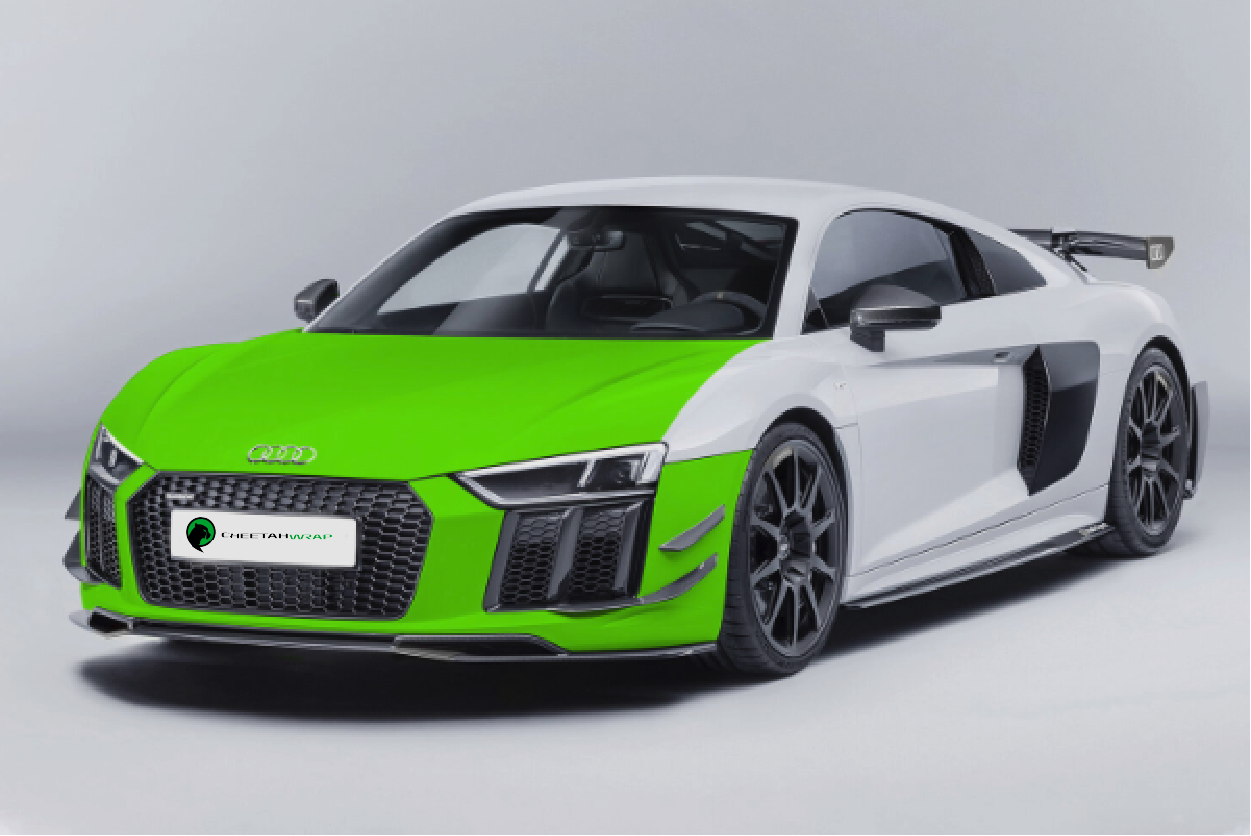
BUMPER + BONNET
The most vulnerable areas, covered. Front bumpers and bonnets are most prone to stone chip damage, protecting these two areas is the minimum you can do to keep your paint in good order and prevent any resprays or potential loss of value in the future.
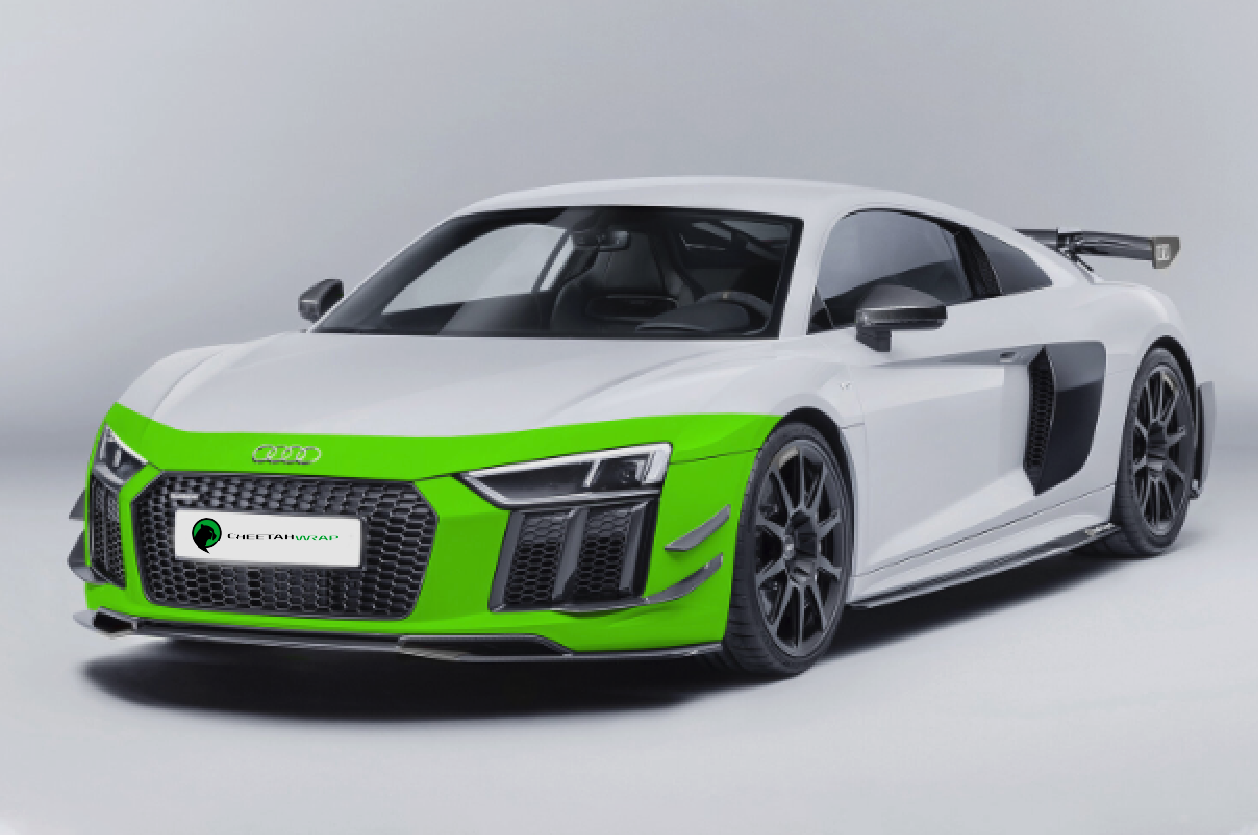
PARTIAL FRONT-END
Designed around frontal impacts, this package is perfect for keeping the leading surfaces most prone to damage clear of stone chips and scuffs. This kit includes the front bumper, leading surfaces of wings and the leading surface of the bonnet.
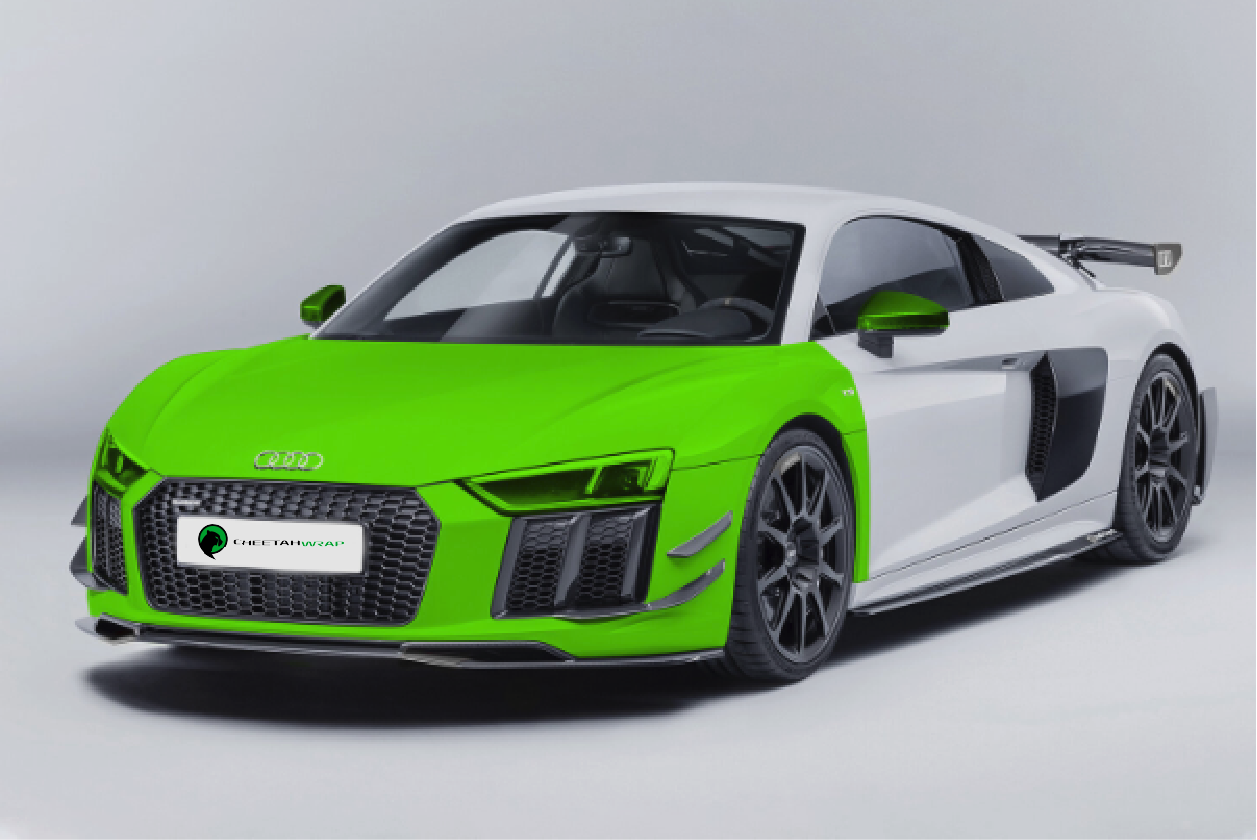
FULL FRONT-END
Full frontal protection, designed for sports and high value vehicles which may see a bit more action than most. This package will protect the front bumper, full bonnet, full wings, headlights and wing mirrors.
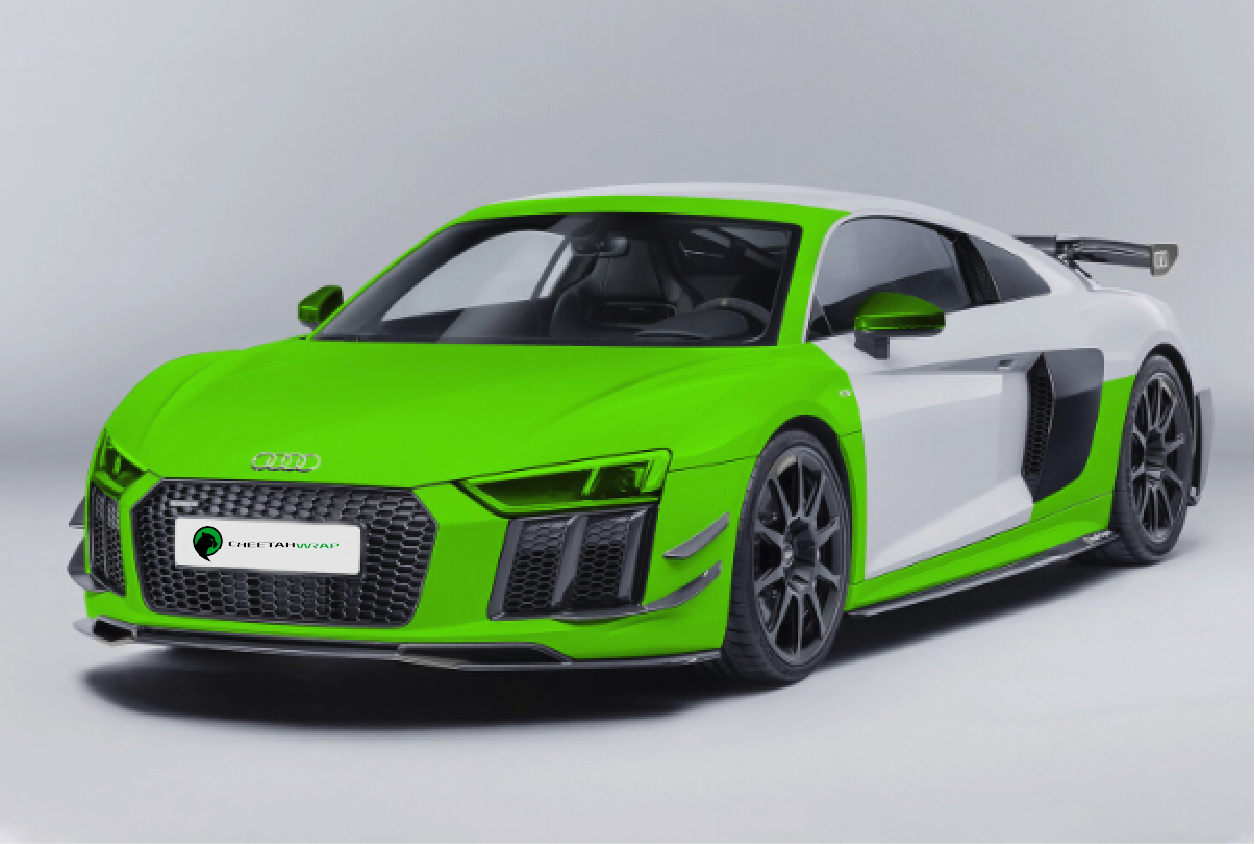
FRONT + SIDES
Perfect protection for sports or super cars, just stopping short of full coverage. Protect the full front end including the bonnet, wings, front bumper, A-pillars, mirrors, headlights, leading surface of roof, side skirts and quarter splash panel.
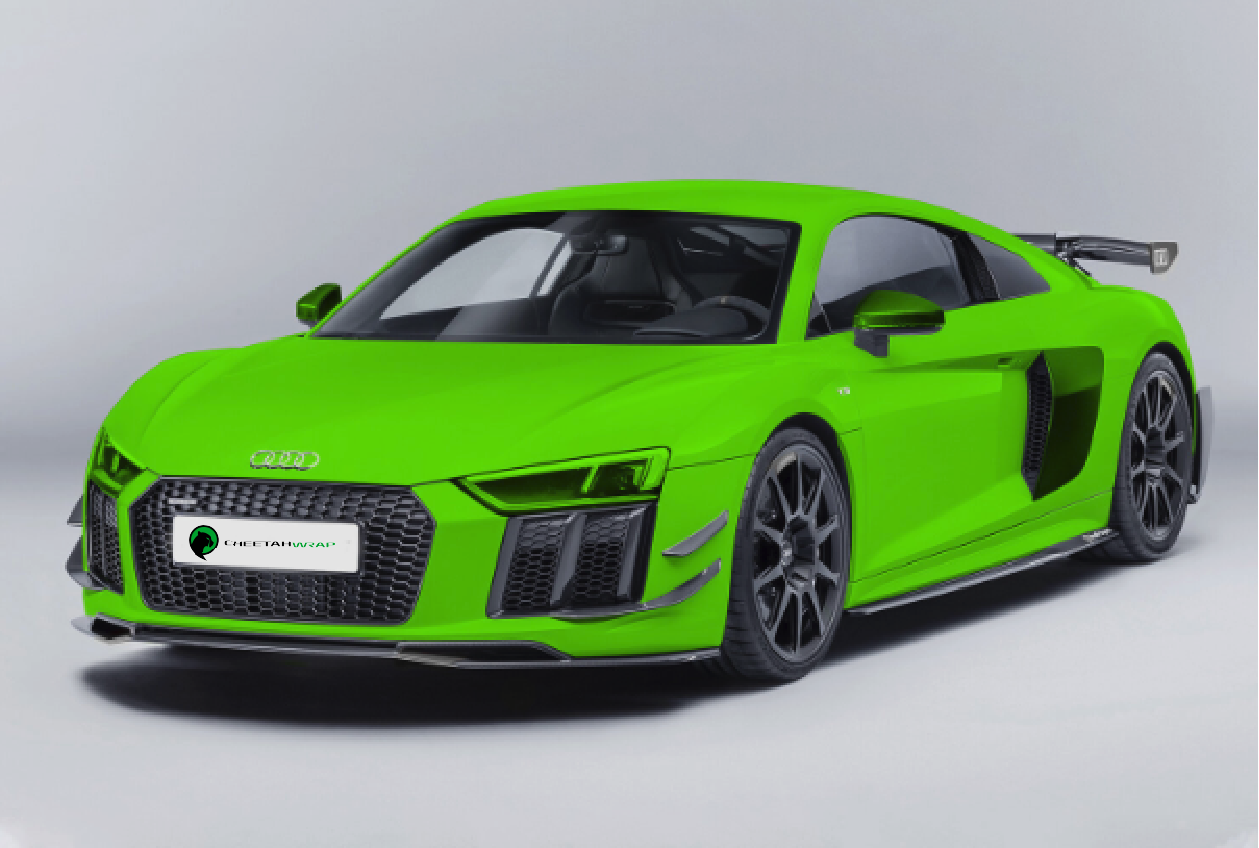
FULL BODY
The ultimate PPF package, for ultimate protection! Full body PPF is the only package that will protect every single external body panel on your vehicle. Perfect for vehicles that have come straight from the factory, or with an super-expensive, exclusive paint colour.
Maintenance
• Car Wraps: Require regular maintenance to prevent fading and damage. Care must be taken to avoid scratches, tears, and peeling.
• PPF: Requires less maintenance and is easier to care for. It’s designed to keep your vehicle protected with minimal upkeep.
Durability
• Car Wraps: Typically last between 3-5 years before showing signs of wear. They may need to be replaced after this period, especially if exposed to harsh conditions.
• PPF: Offers long-term protection and can last for 5-10 years or more, depending on the quality of the film and the environmental conditions.
Conclusion: Which Option is Right for You?
The decision between car wraps and Paint Protection Film largely depends on your goals and needs. If you want to customize the appearance of your vehicle with a unique design or color, and you're not too concerned about long-term protection, then a car wrap is the better option for you. On the other hand, if your main concern is protecting the integrity of your car’s paint while keeping its original appearance intact, PPF is the better choice.
Ultimately, the decision comes down to your preferences, budget, and how you want to use your vehicle. Both options offer excellent benefits, but understanding the differences will help you make the right choice for your car. Whether you’re looking to enhance your vehicle’s look or ensure it stays in top condition, both car wraps and PPF are worthwhile investments in vehicle protection and aesthetics.
Blog posts
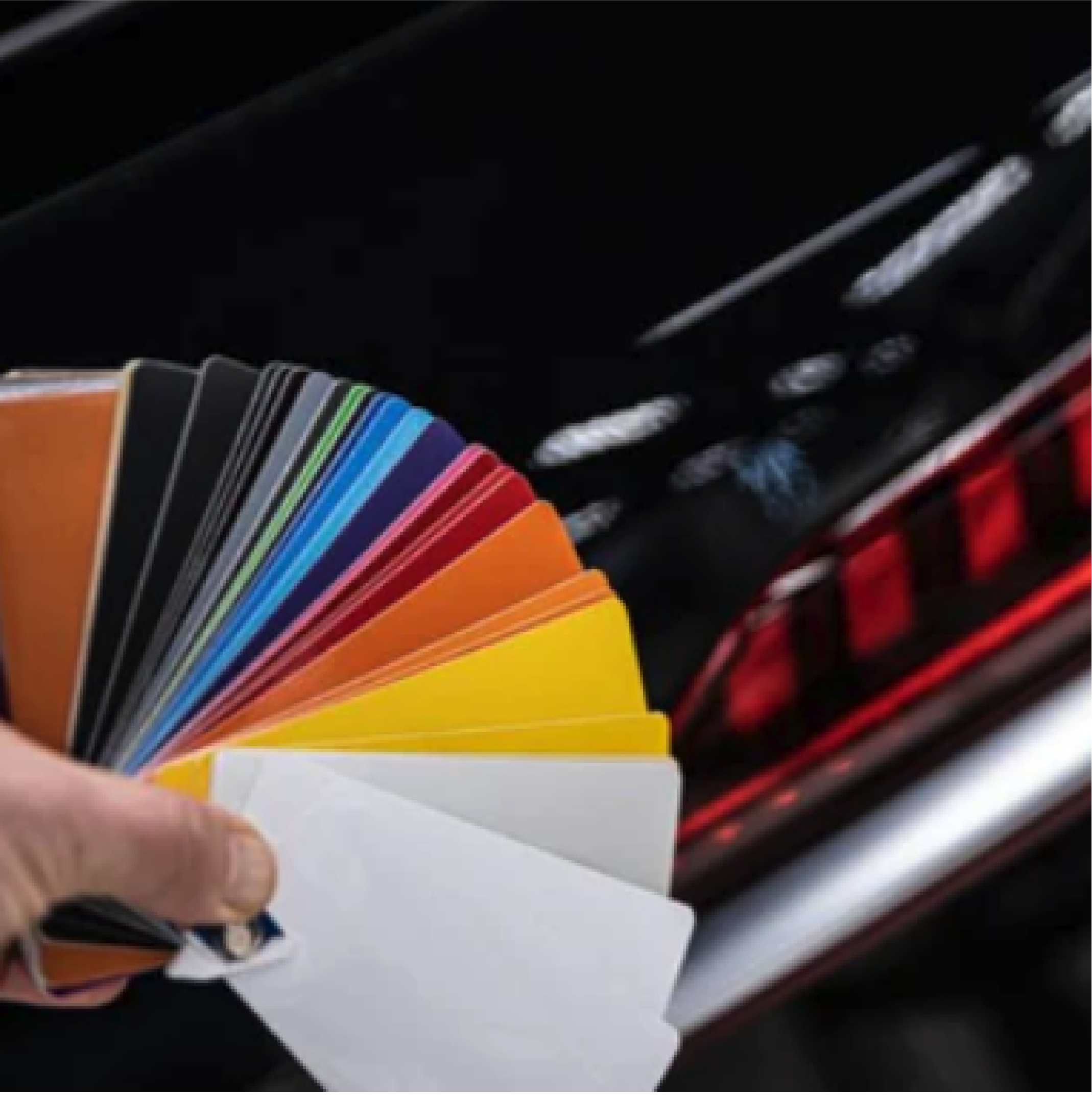
Determining the Amount of Vinyl Required to Fully Wrap Your Car
Vinyl wrapping is a technique where a thin, adhesive vinyl film is applied over a vehicle’s exterior. This film not only alters the car’s color and finish but also adds custom designs or provides a...
Read more
Must-Have Tools and Materials for a Successful DIY Car Wrapping
Essential Tools and Materials for DIY Car Wrapping Embarking on a DIY car wrap project requires the right tools and materials to achieve a flawless, professional finish. Car wrapping not only enha...
Read more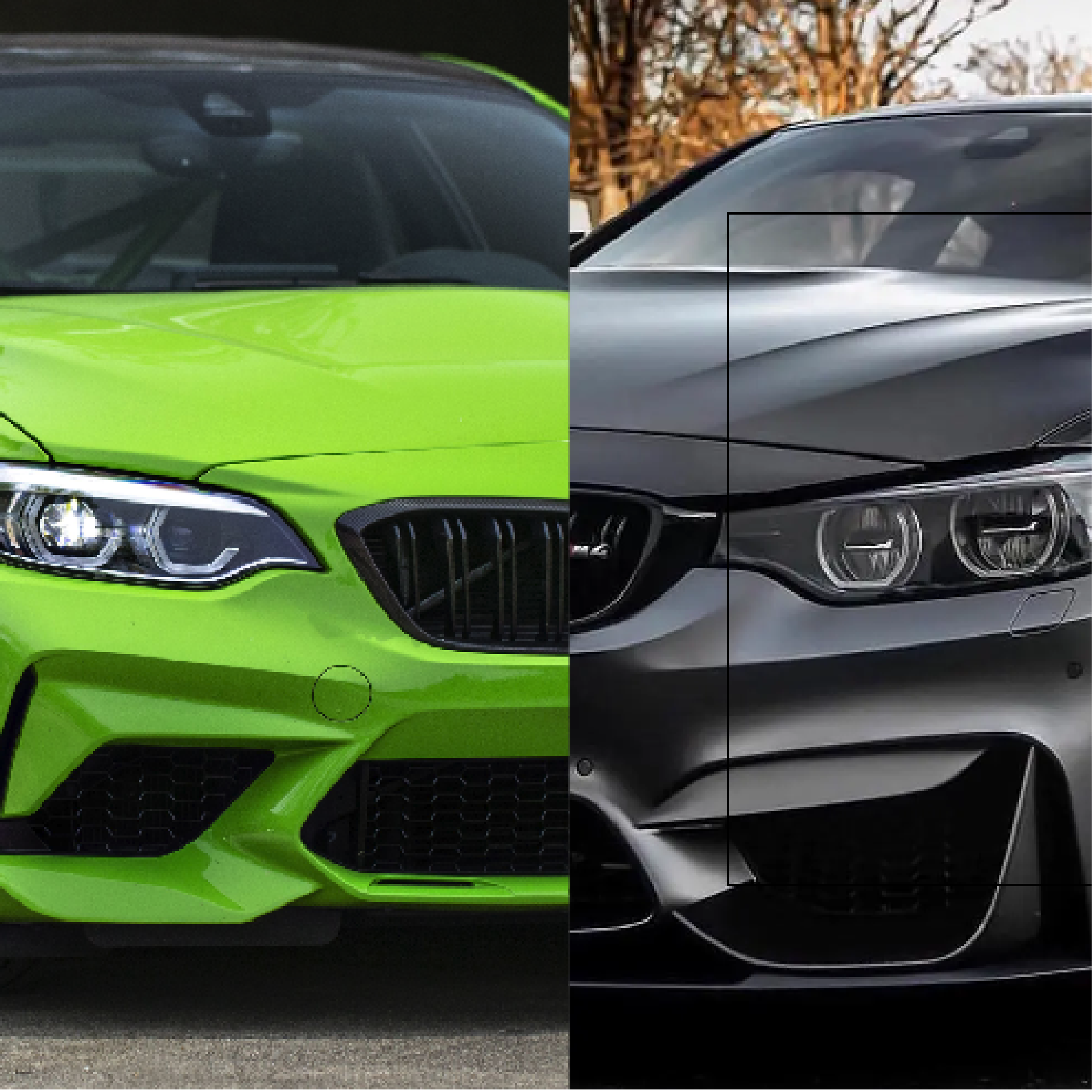
Exploring Satin vs. Gloss Vinyl Wrap: Understanding the Key Differences
When it comes to customizing your vehicle, vinyl wraps are one of the most popular options for giving your car a fresh and unique look. Vinyl wraps come in a variety of finishes, each with its ow...
Read more

